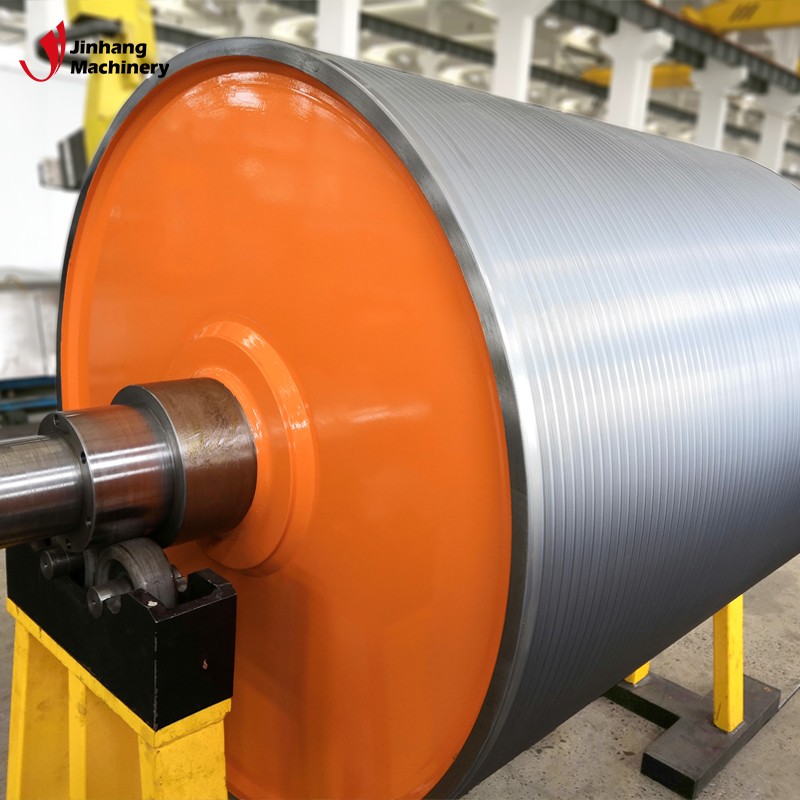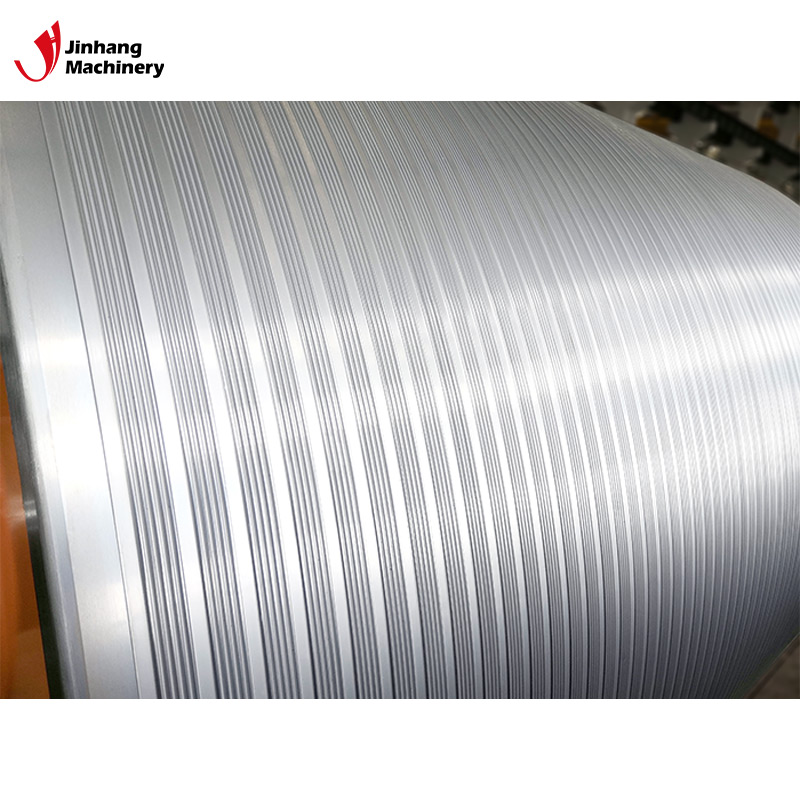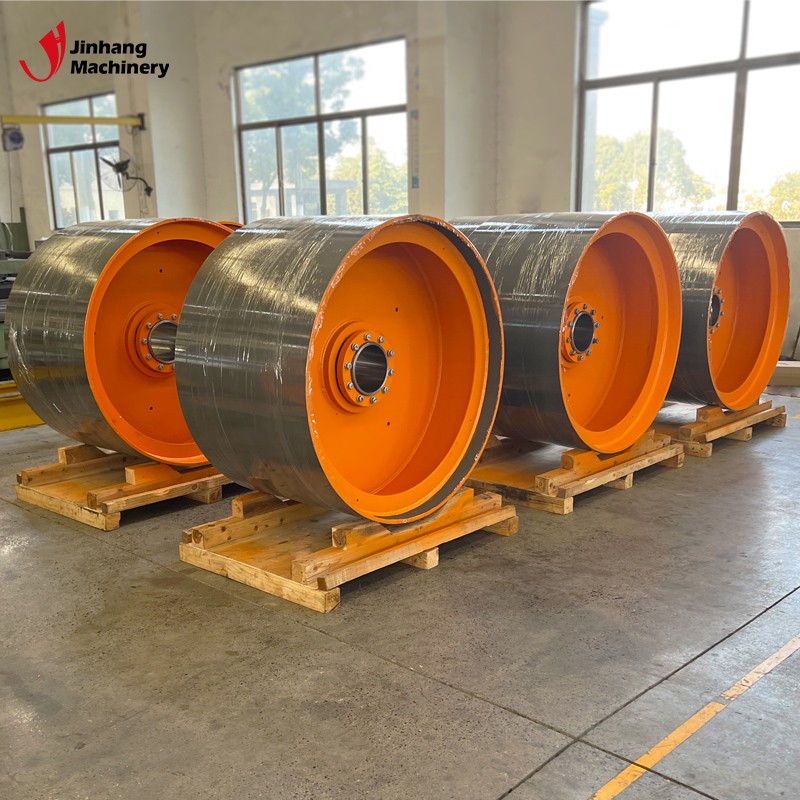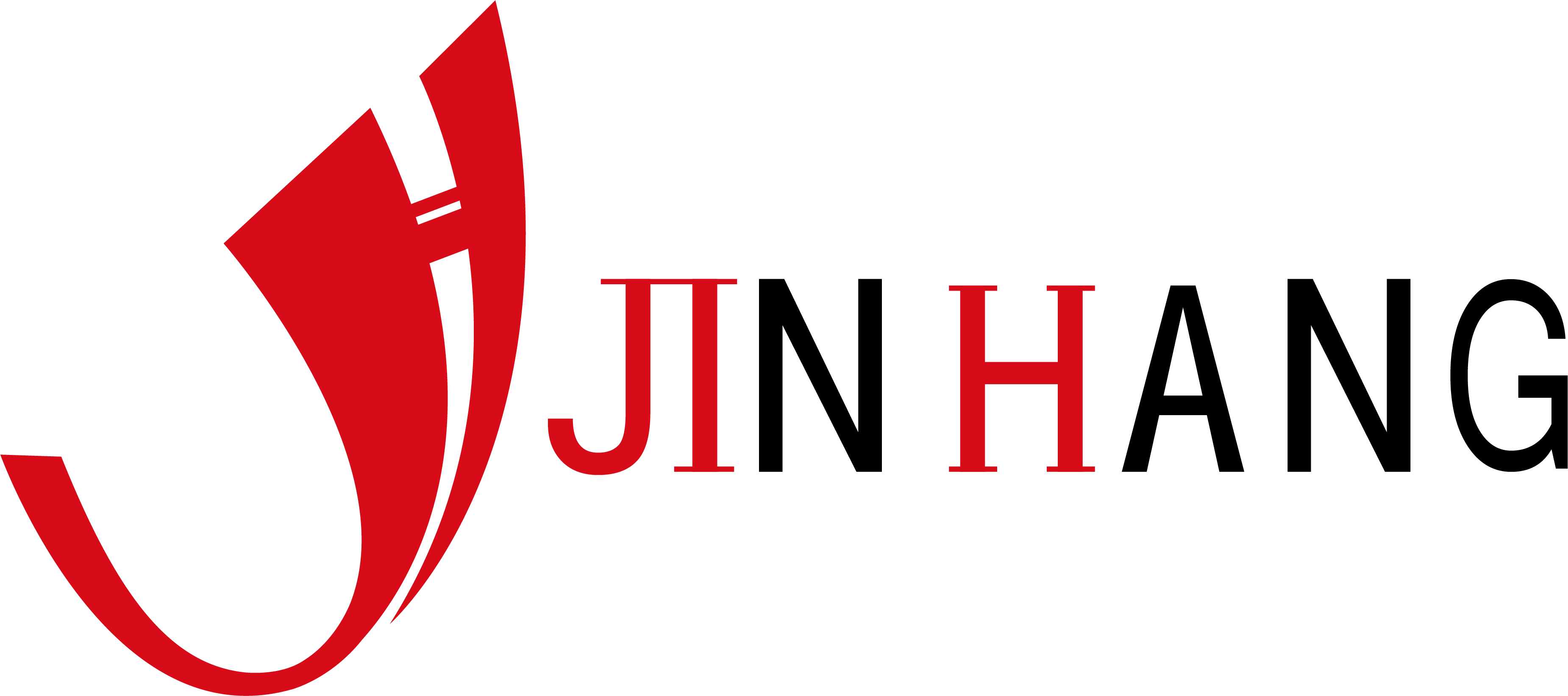Industrial Rollers: What is the Difference Between Chromium Carbide and Tungsten Carbide Coatings?
In modern industrial manufacturing, the surface treatment of rollers is crucial, especially in situations where strict requirements are placed on wear resistance, corrosion resistance, and high temperature resistance. In order to improve the performance and service life of the roller, surface coating becomes an important option. Among them, chromium carbide (Cr3C2) and tungsten carbide (WC) coatings are the two most common coating types. Although both are carbide coatings and have excellent performance, they have significant differences in physical and chemical properties, application areas and processing technology.
This article will explore the differences between chromium carbide and tungsten carbide coatings in detail, including their material properties, applications, advantages and disadvantages, and selection criteria. Through systematic analysis, we help enterprises and industrial operators make the most suitable surface coating selection in actual production.

What is Chromium Carbide Coating?
Chromium carbide is a compound formed by chromium and carbon, with the chemical formula Cr3C2. Chromium carbide coatings are known for their excellent resistance to high temperatures and corrosion, making them particularly suitable for operating environments at extreme temperatures. The chromium element in the coating provides it with strong antioxidant ability, enabling it to maintain stable structure and performance at high temperatures.
● High temperature resistance: Chromium carbide coating can maintain good performance in environments up to 900°C (about 1652°F).
● Corrosion resistance: The chromium element in the coating has good corrosion resistance, especially when it involves high-temperature gases, acidic or alkaline substances, it can effectively prevent the occurrence of corrosion reactions.
What is the processing technology of chromium carbide coating?
Chromium carbide coatings are typically applied via thermal spraying processes, including plasma spraying and high velocity oxygen fuel (HVOF) spraying. In these processes, chromium carbide powder is melted at high temperatures and sprayed onto the surface of the roller, forming a high-hardness, wear-resistant coating.
● Plasma spraying: This process uses high-temperature plasma to melt chromium carbide particles and spray them onto the workpiece surface at high speed to form a uniform coating.
● HVOF spraying: Compared with plasma spraying, HVOF spraying has a higher particle velocity, can form a denser coating, and has a higher coating bonding strength.

What are the applications of chromium carbide coating?
Since chromium carbide coatings perform well in high temperature and highly corrosive environments, they are widely used in the following areas:
● Gas turbines: Chromium carbide coatings are used to protect turbine blades and other high-temperature components, ensuring that they can operate for a long time under high temperature and high-speed conditions.
● Petrochemical industry: Chromium carbide coatings are used in oil refining equipment and chemical production equipment to resist erosion by corrosive substances and high-temperature gases.
● Boilers and heat exchangers: It is widely used in boiler pipes and heat exchanger surfaces to improve high temperature resistance and corrosion resistance.
What is Tungsten Carbide Coating?
Tungsten carbide (WC) is a compound composed of tungsten and carbon. It has extremely high hardness and is widely used in industrial applications that require extremely high wear resistance. The Mohs hardness of tungsten carbide can reach 9, which is harder than chromium carbide and therefore has significant advantages in wear resistance. In addition, tungsten carbide has excellent impact resistance and can remain stable under extreme mechanical loads.
● Hardness: Tungsten carbide is one of the hardest materials known, second only to diamond in hardness.
● Wear resistance: Due to the high hardness of tungsten carbide, its wear resistance is very good, especially in high friction environments, it can significantly reduce the wear of components.
What is the processing technology of tungsten carbide coating?
The processing technology of tungsten carbide coating is also mainly achieved through thermal spraying, among which HVOF spraying process is widely used. HVOF spraying can spray tungsten carbide particles onto the workpiece surface at extremely high speeds to form a high-density, low-porosity coating.
● HVOF spraying: HVOF technology uses a high-speed flame to melt tungsten carbide powder and spray it onto the workpiece, which can form a denser coating than plasma spraying. Therefore, it is often used for surface treatment of workpieces that require high wear resistance.
What are the applications of tungsten carbide coating?
Tungsten carbide coating is widely used in the following fields due to its excellent wear resistance and impact resistance:
● Mining and mineral processing: Tungsten carbide coatings can significantly reduce wear on equipment that handles large amounts of abrasive materials, such as crushers and conveyor belts.
● Pulp and paper industry: A large number of rollers are required in the papermaking process. Tungsten carbide coating can reduce roller wear and extend its service life.
● Aerospace: Used in turbine engine blades, aircraft landing gear and other components, tungsten carbide coating can enhance impact and wear resistance.

Industrial Rollers: What is the Difference Between Chromium Carbide and Tungsten Carbide Coatings?
High temperature resistance
Chromium carbide coated rolls perform better than tungsten carbide coated rolls in high temperature environments. Chromium carbide is able to maintain its structure and properties at temperatures up to 900°C, while tungsten carbide may undergo chemical changes at temperatures above 500°C, reducing its hardness and wear resistance. Therefore, chromium carbide coating is more suitable for use in extremely high temperature environments.
Wear resistance
Although chromium carbide has a certain wear resistance, tungsten carbide coated rollers perform better in this regard. Tungsten carbide has extremely high hardness and its wear resistance is several times that of chromium carbide. In high wear, high friction environments, tungsten carbide coated rollers can significantly extend the life of the rollers.
Corrosion resistance
Chromium carbide is superior to tungsten carbide in corrosion resistance. Because it contains chromium, chromium carbide performs well in the face of corrosive substances such as acids and alkalis, especially in high-temperature corrosive environments. Therefore, in the petrochemical industry and chemical equipment, chromium carbide coated rollers are the first choice. However, tungsten carbide may not be as stable as chromium carbide in some specific acid-base environments.
Hardness
The hardness of tungsten carbide coated rollers is significantly higher than that of chromium carbide. The Mohs hardness of tungsten carbide is close to 9, second only to diamond, while the hardness of chromium carbide is relatively low. Therefore, in applications where extreme wear resistance is required, tungsten carbide coated rollers perform better.
Processing difficulty
From the perspective of processing difficulty, the construction of tungsten carbide coated rollers is more complicated than that of chromium carbide. The high hardness of tungsten carbide means that its spraying process has higher requirements on equipment, and the polishing and post-processing of the coating are also more complicated. Therefore, the processing cost of tungsten carbide coating is relatively high.
Cost
Tungsten carbide coated rollers generally cost more than chromium carbide coatings. This is because the raw material price of tungsten carbide is higher and its processing technology is more complicated. Although chromium carbide coated rollers perform well in certain specific environments, in most cases, tungsten carbide coated rollers provide higher durability and wear resistance, so companies are willing to pay more for some key components. For higher costs choose tungsten carbide coated rollers.
How to choose between chromium carbide and tungsten carbide coated rollers?
1. When to choose chromium carbide coated rollers?
Chromium carbide coated rollers are suitable for the following applications:
● High temperature operation: such as in gas turbines, boilers and other equipment.
● Highly corrosive environments: such as chemical production and oil refining equipment.
● Occasions with low impact resistance requirements: Although chromium carbide has a lower hardness, it still has advantages in high temperature and corrosive environments.
2. When to choose tungsten carbide coated rollers?
Tungsten carbide coated rollers are suitable for the following occasions:
● High wear environment: such as mining equipment, paper industry, etc.
● Requires extremely high hardness and wear resistance: such as in aerospace and some heavy machinery and equipment.
● In applications that do not involve extreme high temperatures.
When it comes to industrial roll solutions, JH Machinery offers unparalleled expertise. Established in 2001, our ISO9001-certified factory produces products like mirror rolls, ceramic-coated rolls, and tungsten carbide rolls. Our rolls are widely used in industries such as printing, mining, and lithium battery production. Discover our affordable prices and wholesale opportunities today.
